What are Spy Planes and Reconnaissance Planes
Definition:
- Spy Plane: Typically an unofficial term, a “spy plane” refers to any aircraft used for covert intelligence-gathering operations. These aircraft are designed to infiltrate or fly near adversarial territories without being detected, capturing crucial intelligence data.
- Reconnaissance Plane: A broader term, reconnaissance planes or “recce planes” are designed to perform observation and gather intelligence. They can be used in both non-combat and combat situations to gather visual, electronic, or signal intelligence.
Primary Usage:
Both spy and reconnaissance planes are utilized for intelligence, surveillance, and reconnaissance (ISR) missions. Their primary goal is to gather information which can include visual imagery, electronic signals, or even samples of the air. This data aids in decision-making, whether it’s for military combat, monitoring treaty compliance, or other strategic purposes.
Spy Planes/Reconnaissance
-
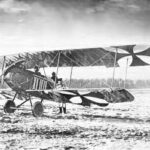 1914 - Aviatik B.I
1914 - Aviatik B.I
-
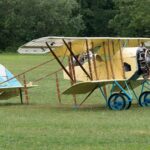 1914 - Caudron G.3
1914 - Caudron G.3
-
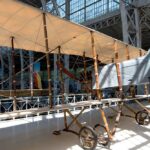 1914 - Farman MF.11 Shorthorn
1914 - Farman MF.11 Shorthorn
-
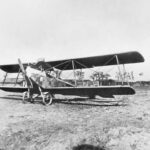 1914 - Hansa-Brandenburg B.I
1914 - Hansa-Brandenburg B.I
-
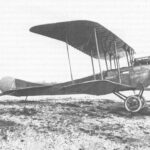 1914 - Rumpler B.I
1914 - Rumpler B.I
-
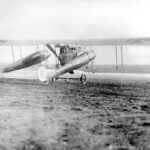 1915 - AGO C.I
1915 - AGO C.I
-
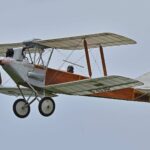 1915 - Albatros C.I
1915 - Albatros C.I
-
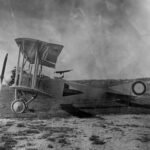 1915 - Lebed Type XII
1915 - Lebed Type XII
-
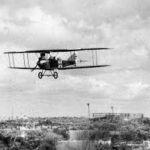 1915 - Lloyd C.II
1915 - Lloyd C.II
-
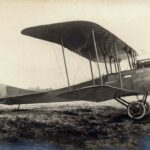 1915 - Rumpler C.I
1915 - Rumpler C.I
-
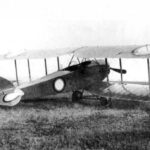 1916 - Anatra D-Series
1916 - Anatra D-Series
-
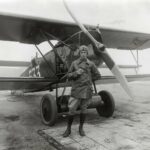 1919 - Fokker C.I
1919 - Fokker C.I
-
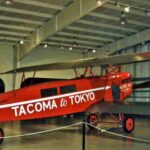 1920 - Fokker C.IV
1920 - Fokker C.IV
-
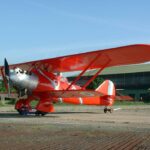 1921 - Breguet 19
1921 - Breguet 19
-
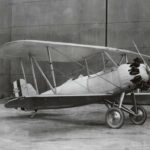 1926 - Vought O2U Corsair
1926 - Vought O2U Corsair
-
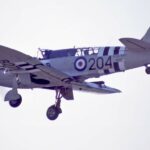 1944 - Fairey Firefly
1944 - Fairey Firefly
-
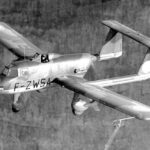 1953 - Potez 75
1953 - Potez 75
-
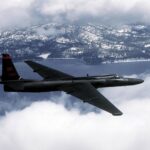 1955 - Lockheed Martin U-2 Dragon Lady
1955 - Lockheed Martin U-2 Dragon Lady
-
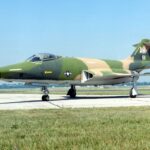 1957 - McDonnell RF-101 Voodoo
1957 - McDonnell RF-101 Voodoo
-
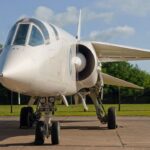 1959 - BAC TSR-2
1959 - BAC TSR-2
-
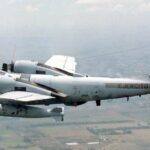 1959 - Grumman OV-1 Mohawk
1959 - Grumman OV-1 Mohawk
-
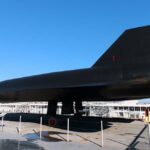 1963 - Lockheed A-12 (Archangel-12)
1963 - Lockheed A-12 (Archangel-12)
-
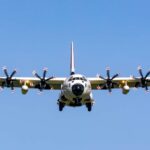 1964 - Lockheed HC-130 Hercules
1964 - Lockheed HC-130 Hercules
-
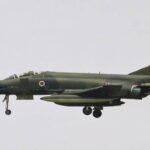 1965 - McDonnell Douglas RF-4 Phantom II
1965 - McDonnell Douglas RF-4 Phantom II
-
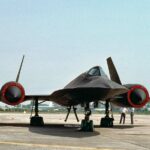 1966 - Lockheed SR-71 Blackbird
1966 - Lockheed SR-71 Blackbird
-
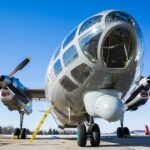 1968 - Antonov An-30 (Clank)
1968 - Antonov An-30 (Clank)
-
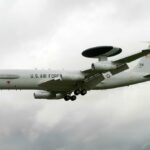 1977 - Boeing E-3 Sentry (AWACS)
1977 - Boeing E-3 Sentry (AWACS)
-
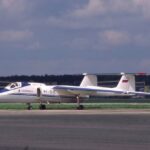 1978 - Myasishchev M-55 (Mystic)
1978 - Myasishchev M-55 (Mystic)
-
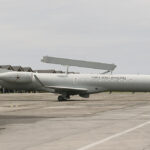 2001 - Embraer R-99 / E-99
2001 - Embraer R-99 / E-99
-
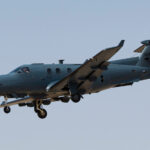 2006 - Pilatus U-28 ISR Aircraft
2006 - Pilatus U-28 ISR Aircraft
-
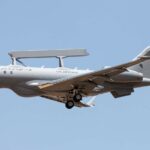 2019 - Saab GlobalEye
2019 - Saab GlobalEye
-
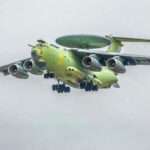 2020 - Beriev A-100 (Premiere)
2020 - Beriev A-100 (Premiere)
Evolution Over Time:
- World War I: The advent of aviation brought the first reconnaissance planes. Initially, these were rudimentary, adapted from existing aircraft and used primarily for visual observation. Cameras soon became standard equipment, allowing for photographic reconnaissance.
- World War II: The importance of aerial reconnaissance surged. High-speed photo-reconnaissance planes like the British Spitfire PR variants and the American P-38 Lightning played crucial roles. The conflict also saw the beginnings of electronic intelligence collection from the air.
- Cold War Era: This era witnessed the development of specialized high-altitude spy planes designed to peer into hostile territories without being intercepted. The U-2 and the SR-71 Blackbird are iconic examples. These planes could fly at altitudes beyond the reach of most enemy fighters and surface-to-air missiles, capturing high-resolution imagery or electronic signals.
- Late 20th Century to Present: Satellites began to take over some of the roles of traditional spy planes, especially for high-altitude reconnaissance. However, the need for real-time, flexible surveillance persisted. The advent of drones, like the RQ-4 Global Hawk, changed the landscape. Unmanned, capable of staying aloft for extended periods, and with advanced sensor suites, they’ve become a mainstay of modern ISR missions.
- Stealth Technology: As anti-aircraft and radar technology advanced, the need for stealthy reconnaissance platforms grew. Modern spy and reconnaissance planes often incorporate stealth features to evade enemy detection.
- Multimission Platforms: Modern reconnaissance aircraft often carry a suite of sensors, allowing them to perform multiple intelligence-gathering roles simultaneously. This includes high-resolution cameras, radar systems, electronic surveillance equipment, and more.
Spy and reconnaissance planes have evolved dramatically since their inception. From basic visual observation tools in World War I to sophisticated multi-sensor platforms in the 21st century, their role in gathering intelligence has remained invaluable. As technology continues to evolve, so will the capabilities of these aircraft, ensuring they remain vital tools in the realm of defense and strategic planning.